Photography is important to the fashion industry because it helps to promote fashion products, document fashion trends, inspire creativity, and build brand recognition and loyalty.
In this article, we will explain what the fashion industry is, and its kinds. Then we will go through the history of fashion photography, explain its importance, and also its role in the fashion industry. Finally, we will discuss the different photography techniques used in the fashion business, and the feature of creative fashion photography.
What is the fashion industry?
The fashion industry is a global business that encompasses the design, production, marketing, and distribution of clothing, footwear, accessories, and beauty products. It is an industry that is constantly evolving, and trends change quickly.
The fashion industry plays a significant role in the global economy. It generates employment, creates revenue, and drives innovation. It also impacts our culture, identity, and self-expression.
The major kinds of fashion industries
The fashion industry is a vast and complex sector that encompasses various segments and niches. Here are some of the major kinds of fashion industries and their unique features:
The fashion industry is vast and complex, with several major segments including:
- High fashion (haute couture)
- Ready-to-wear (mass-produced)
- Fast fashion (cheap and trendy)
- Luxury fashion (high-end ready-to-wear and accessories)
- Streetwear (urban-inspired casual wear)
- Sustainable fashion (eco-friendly and ethical production)
Each segment has its own production processes, design aesthetics, and target markets.
History of Fashion Photography
Fashion photography has been an integral part of the fashion industry since its inception. The early days of fashion photography were marked by black-and-white images of models posing in couture garments. In the 1930s and 1940s, fashion photography began to evolve, as magazines such as Harper’s Bazaar and Vogue started using more dynamic and innovative photography techniques.
One of the most influential fashion photographers of the time was Richard Avedon, who helped to revolutionize fashion photography with his bold, dynamic, and expressive images. Avedon’s work often featured models in motion, captured in mid-stride or jumping, which helped to create a sense of energy and movement in his photographs.

Photo by The Richard Avedon Foundation
In the 1960s, fashion photography continued to evolve, as photographers such as David Bailey and Brian Duffy began to incorporate a more playful and irreverent style into their work.

Photo by Wikipedia
This era was also marked by the rise of supermodels such as Twiggy and Jean Shrimpton, who became the faces of the fashion industry and were often featured in iconic photographs.

In the 1970s and 1980s, fashion photography became more commercialized, as fashion brands started to use photography to sell their products. The rise of fashion advertising campaigns, such as Calvin Klein’s controversial ads featuring Brooke Shields, helped to fuel the growth of the fashion photography industry.

Photo by fashionsizzle
In the 1990s and 2000s, fashion photography continued to evolve, as digital technology made it easier and more accessible. The rise of social media platforms, such as Instagram, has also had a significant impact on fashion photography, as brands and photographers now have a direct line of communication with their audiences.
Today, fashion photography is more diverse and inclusive than ever before, as photographers and brands strive to represent a wider range of models and styles.
From black and white images of models in couture garments to vibrant, dynamic photos of streetwear, the history of fashion photography is a testament to the power of visual storytelling and the enduring influence of fashion on our culture.
Why photography is important to the fashion industry?
Photography is an essential aspect of the fashion industry for several reasons:
- Marketing and Advertising: Fashion photography is used extensively in marketing and advertising campaigns for fashion brands, magazines, and online retailers. High-quality photographs are crucial for promoting fashion products and showcasing their design, style, and quality.
- Documentation: Photographs provide a record of fashion trends, styles, and designs over time. They capture the essence of a particular era and help to document the evolution of fashion over the years.
- Creative Collaboration: Fashion photography involves the collaboration of several professionals, including models, photographers, stylists, makeup artists, and designers. The combination of their skills and creativity results in stunning visual imagery that inspires and influences the fashion industry.
- Inspiration: Fashion photography is a source of inspiration for fashion designers, stylists, and fashion enthusiasts. It helps to spark ideas, set trends, and push boundaries in fashion design and styling.
- Online Presence: With the growth of e-commerce, fashion brands are increasingly relying on high-quality photography to showcase their products online. Good photography helps to attract customers, increase sales, and build brand recognition and loyalty.
The Role of Photography in the Fashion Industry
Photography plays a crucial role in the fashion industry as it is the primary medium through which fashion designers, brands, and retailers showcase their products to consumers.
Here are some ways in which photography impacts the fashion industry:
-
Advertising:
Fashion photography is used extensively in advertising campaigns to promote fashion products. High-quality photographs are essential to showcase the details, texture, and quality of clothing, accessories, and beauty products.
Photographers work closely with art directors, stylists, and models to create images that capture the essence of the brand and the product’s features. These images are used in print ads, billboards, and digital campaigns, such as social media ads and email marketing.
Fashion brands rely on these images to create brand recognition and awareness and encourage consumers to purchase their products.
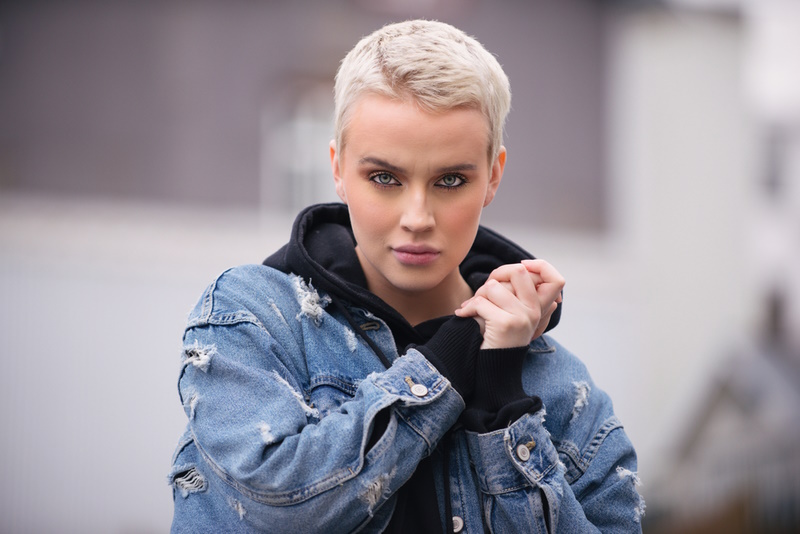
Photo by depositphotos
-
Editorial:
Fashion photography is also used in magazines and other editorial publications to feature the latest trends and styles. Fashion photographers create images that showcase the garments and accessories in an editorial context, often pushing boundaries and experimenting with new techniques to create unique and innovative images.
The images are used to illustrate editorial content, such as fashion features, trends, and product reviews. Fashion editors rely on fashion photographers to bring their editorial vision to life and create images that resonate with their readers.
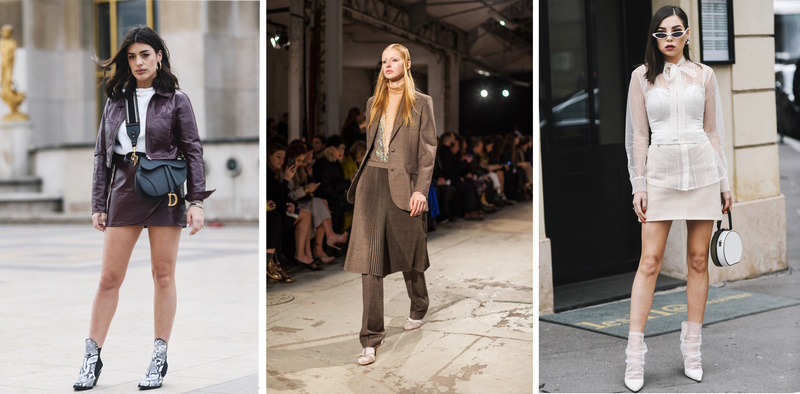
Photo by depositphotos
-
E-commerce:
With the growth of online shopping, high-quality product photography has become essential for e-commerce retailers. Consumers expect to see detailed images of products, including multiple angles and close-ups, before making a purchase. Fashion brands invest in high-quality product photography to showcase their products’ details and quality, helping to build trust with consumers.
Fashion photographers use specialized lighting and techniques to create images that accurately represent the products’ color and texture. These images are used on the brand’s website, online marketplaces, and social media to showcase the products and encourage consumers to make a purchase.
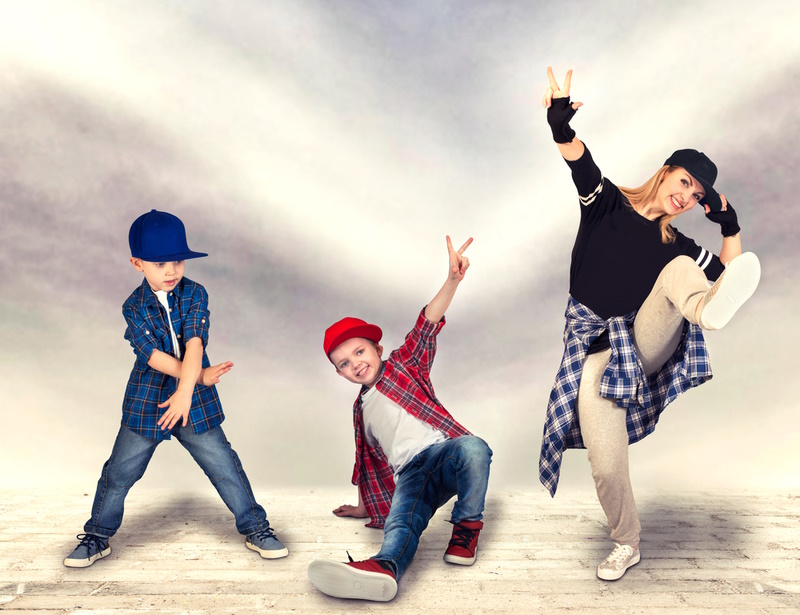
Photo by depositphotos
-
Social Media:
Social media platforms such as Instagram have become important marketing channels for fashion brands. High-quality, visually appealing images are essential to attract followers and promote products. Fashion photographers work closely with brands and influencers to create images that capture the brand’s aesthetic and appeal to their target audience.
The images are often styled and curated to create a cohesive feed that represents the brand’s identity. Social media platforms offer fashion brands the opportunity to engage directly with their audience and create a loyal following, often by featuring user-generated content and engaging with followers through comments and direct messages.

Photo by depositphotos
-
Artistic Expression:
Fashion photography is also used as a form of artistic expression. Fashion photographers often push boundaries and experiment with new techniques to create unique and innovative images. Fashion photography has its own artistic value, combining elements of fashion design, art direction, and photography.
Some fashion photographers have become famous for their unique styles, such as Tim Walker’s whimsical and fantastical images, or Steven Meisel’s edgy and provocative images. Fashion photography is also exhibited in galleries and museums, elevating the medium to the status of fine art.
Fashion photographers often collaborate with fashion designers, makeup artists, and stylists to create images that reflect their artistic vision and creativity, pushing the boundaries of fashion and photography.

Photo by depositphotos
In summary, photography is an integral part of the fashion industry, playing a crucial role in promoting and showcasing fashion products, as well as in expressing artistic vision and creativity.
Photography Techniques Used in of Fashion Industry
Fashion photography is a genre that showcases the latest trends, styles, and designs in the fashion industry. It is an art that requires a blend of creativity, skill, and technical expertise. In this section, we will explore the various photography techniques used in the fashion industry.
Lighting is one of the most critical elements in fashion photography. Different lighting techniques can create a variety of moods and emotions, from soft and ethereal to bold and dramatic.
- One common technique is to use natural light. Photographers often shoot outdoors or near large windows to take advantage of the soft, diffused light. They may also use reflectors or diffusers to control the light and create a more even distribution of shadows.
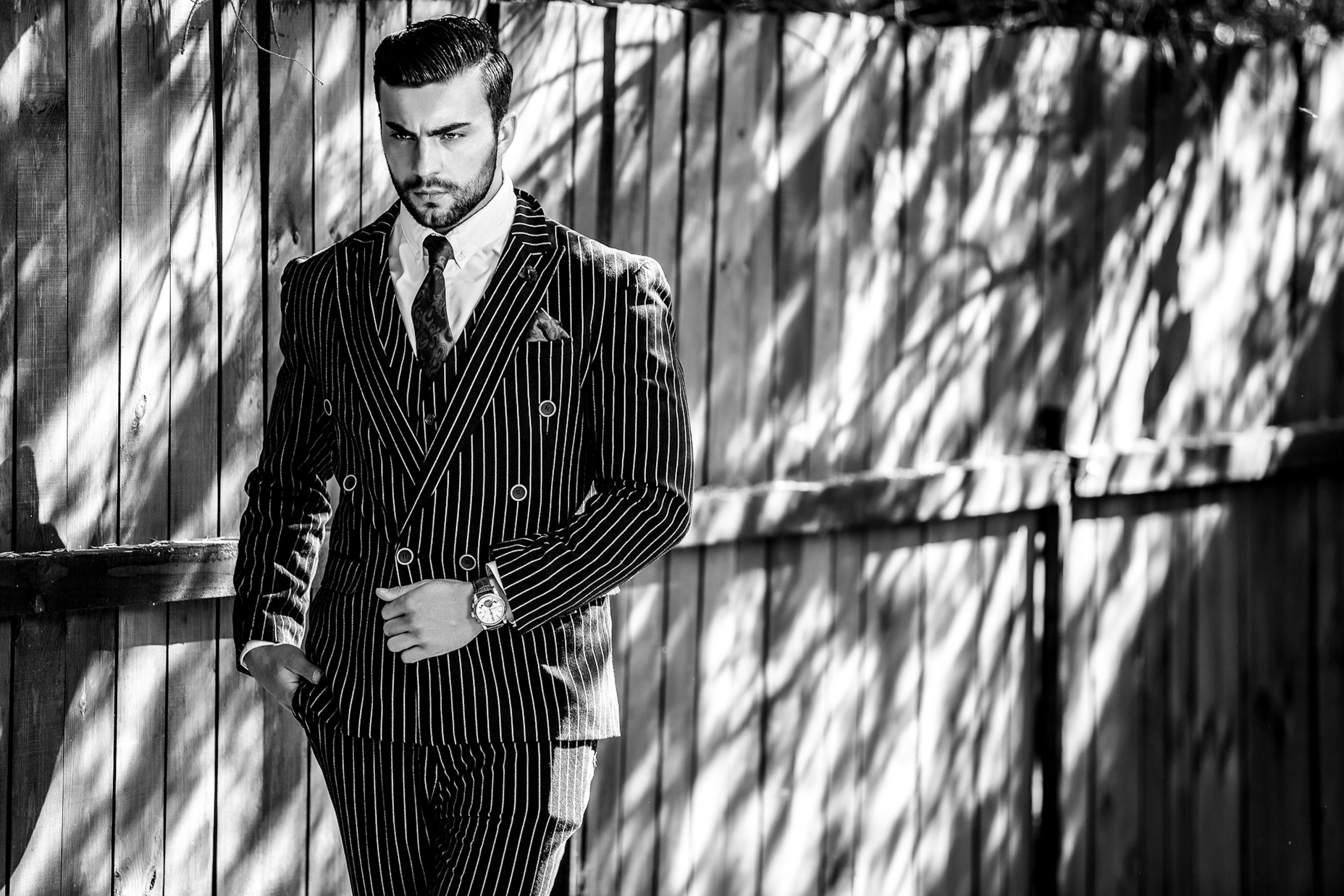
Photo by depositphotos
- Another lighting technique used in fashion photography is artificial lighting. Photographers use studio lights, such as strobes, softboxes, and reflectors, to create a controlled and consistent lighting environment. This technique is ideal for indoor shoots or when the photographer wants to create a specific mood or effect.
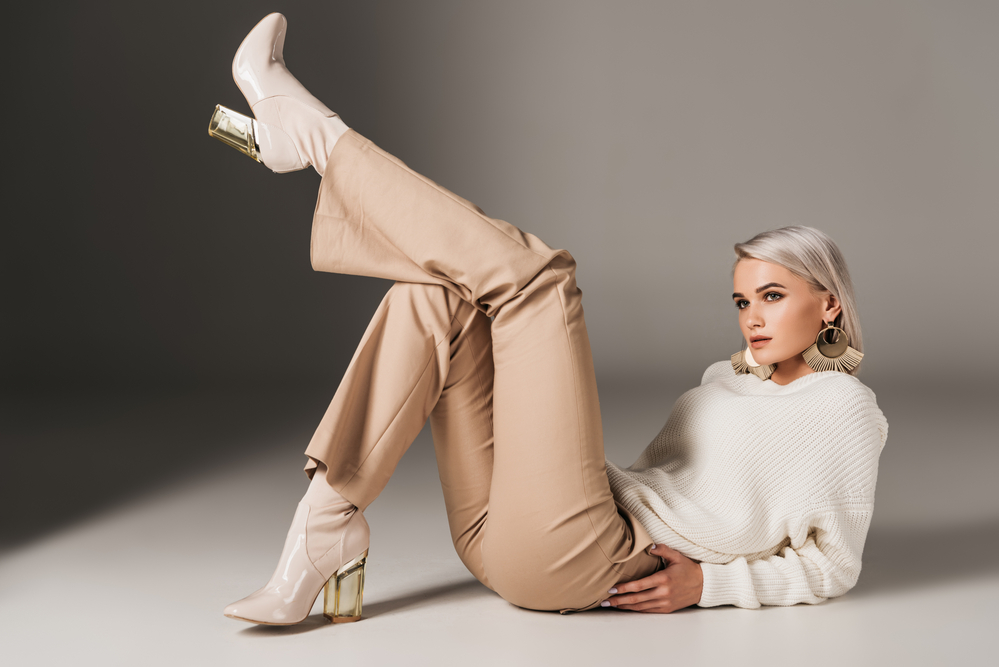
Photo by depositphotos
Low-key and high-key lighting are techniques used in photography to create a specific mood or atmosphere. In fashion photography, these techniques can be used to add drama, depth, and interest to the image.
- Low-key lighting involves the use of darker tones and shadows, often achieved by using a single light source or reducing the overall amount of light in the scene. This technique can create a dramatic, moody, or mysterious atmosphere. In fashion photography, low-key lighting can be used to create a sense of elegance or sophistication or to emphasize the texture and detail of the clothing.
- High-key lighting, on the other hand, involves the use of bright, even lighting that produces little or no shadows. This technique can create a light and airy atmosphere, often associated with happiness, joy, or romance. In fashion photography, high-key lighting can be used to create a sense of youthfulness, innocence, or playfulness, or to highlight the bright colors and patterns of the clothing.

Photo by depositphotos
Composition is another essential aspect of fashion photography. Photographers must consider the angles, perspective, and framing of their shots to create visually striking images. One popular composition technique is the rule of thirds. Photographers divide their image into thirds horizontally and vertically and place their subject along one of the lines or at one of the intersections. This technique creates a dynamic and visually balanced image.
Fashion photographers also use the technique of leading lines. They use natural or man-made lines, such as roads, buildings, or railings, to draw the viewer’s eye toward the subject. This technique creates a sense of depth and adds visual interest to the image.
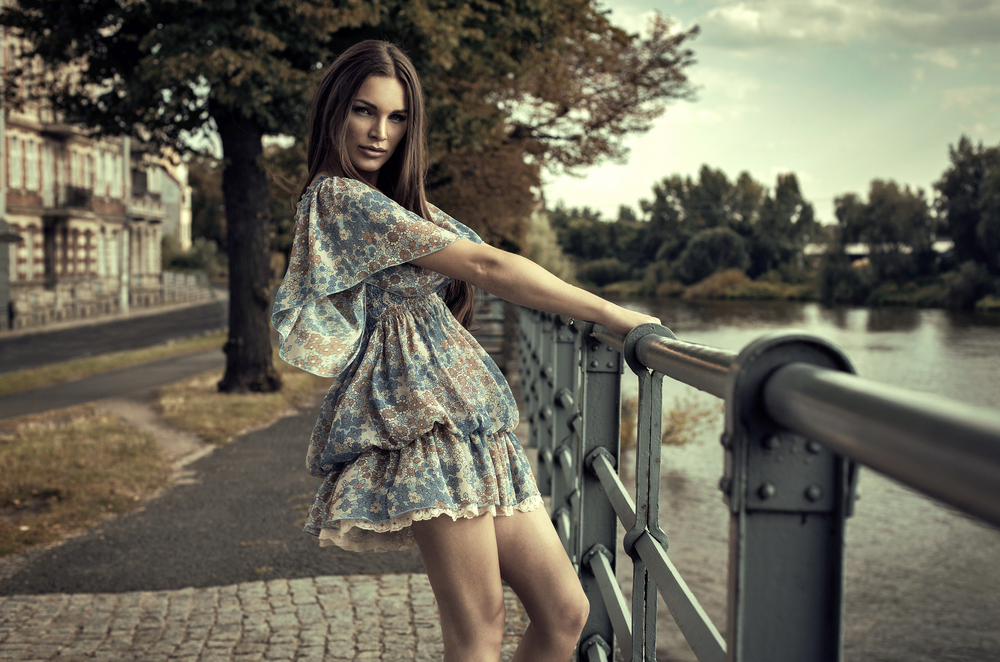
Photo by depositphotos
In fashion photography, the model is the central focus of the image. Photographers must know how to pose and direct their models to create a compelling image. The pose and body language of the model can convey different emotions and moods. Some common poses used in fashion photography include the S-curve, which emphasizes the curves of the body, and the straight-line pose, which creates a more angular and structured look.
Backdrops are commonly used as a background for the model and to create a particular mood or setting for the photograph in studio shooting. Here are some ways in which backdrops are used in fashion photography:
- A plain white, black, or gray backdrop can be used to create a clean, minimalistic look for the photograph, with the focus solely on the model and the clothes they are wearing.
- A backdrop can be used to create a specific setting or mood for the photograph. For example, a backdrop with a cityscape can be used to create an urban, edgy feel, while a beach or nature backdrop can create a more relaxed, natural vibe.
- To complement or contrast with the clothing: The backdrop can also be used to complement or contrast with the clothing being modeled. For example, a bright and colorful outfit may be paired with a simple, neutral backdrop to make the clothes stand out, or a dark and moody outfit may be paired with a bold and dramatic backdrop to create a striking contrast.
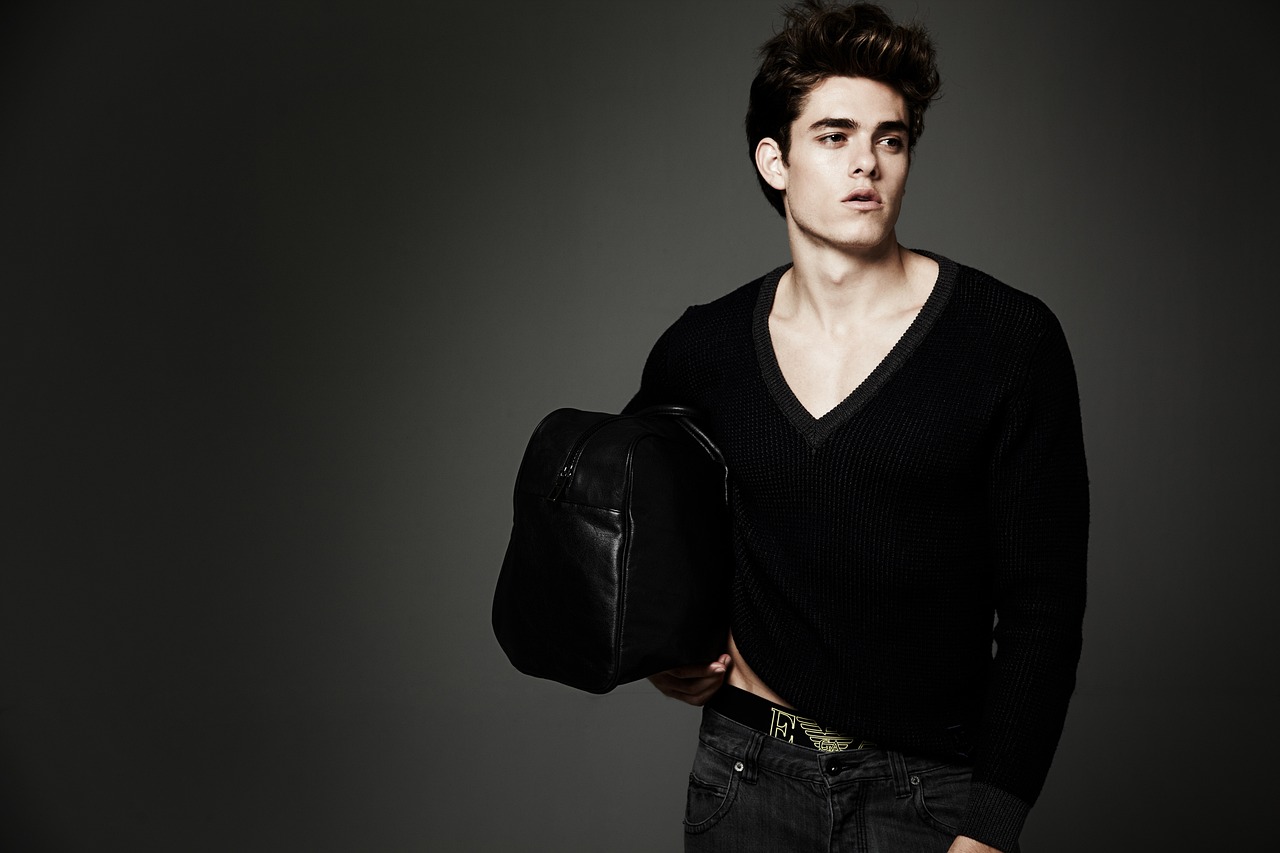
When photographing fashion products and accessories, there are several techniques you can use to create high-quality and visually appealing images. In addition to the above-mentioned techniques, you may experiment with different angles and perspectives to find the most flattering angle for your product.
Also, you may use props sparingly to add context and interest to your photos. For example, if you’re photographing a handbag, you could place it next to a pair of shoes.
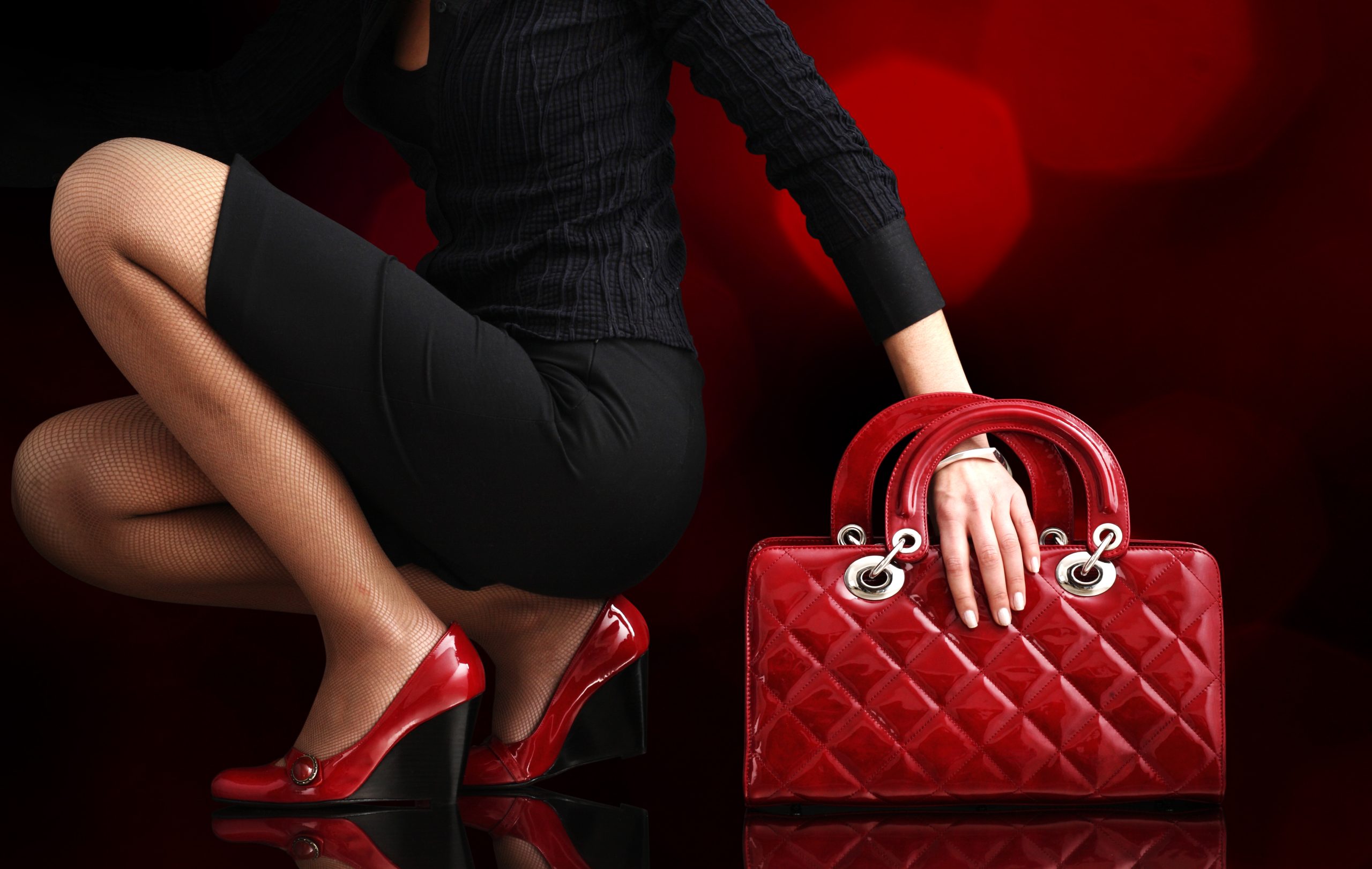
Photo by depositphotos
Post-processing is another essential aspect of fashion photography. Photographers use editing software, such as Adobe Photoshop or Lightroom, to enhance their images. They may adjust the exposure, color, and contrast of the image, or retouch the model’s skin or hair. Post-processing can transform a good image into a great one and give it a unique and artistic style.

Photo by depositphotos
In conclusion, fashion photography is an art form that requires a combination of technical skill and creative vision. The lighting, composition, posing, and post-processing techniques used by fashion photographers are essential to creating visually striking and emotionally compelling images that showcase the latest trends and styles in the fashion industry.
Whether shooting on location or in the studio, fashion photographers must know how to use these techniques to capture the essence of fashion and create images that inspire and captivate the viewer.
The future of fashion photography
Fashion photography has undergone a rapid transformation over the past few years, thanks to advancements in technology and the rise of social media. Looking into the future, it is clear that fashion photography will continue to evolve and adapt to new trends and emerging technologies.
One of the biggest trends in fashion photography is the increasing focus on diversity and inclusivity. As the fashion industry continues to embrace diversity and represent a wider range of body types, skin tones, and styles, fashion photography will need to follow suit.
We will see more photographers experimenting with new styles and techniques to capture this diversity, such as unconventional lighting, unusual angles, and creative compositions.
Another trend in fashion photography is the increasing use of technology. From virtual photo shoots to AI-generated images, technology is transforming the way fashion photography is created and consumed.
We can expect to see more fashion brands experimenting with new technologies to create more immersive and interactive experiences for their customers.
In addition to this, we will see more fashion photographers exploring sustainability and ethical practices in their work. As the fashion industry becomes more aware of its impact on the environment, fashion photography will need to follow suit.
We can expect to see more photographers using sustainable materials and processes, as well as focusing on eco-friendly themes in their work.
Finally, we can expect to see a shift in the way fashion photography is consumed. Social media platforms like Instagram and TikTok are becoming increasingly popular among younger consumers, and we will see more brands and photographers creating content specifically for these platforms.
We will see more short-form, easily digestible content that is optimized for mobile devices and social media feeds.
In conclusion, the future of fashion photography is bright and exciting. We can expect to see more diversity, technology, sustainability, and creativity in the years to come, as photographers and brands continue to push the boundaries of what is possible in the world of fashion photography.
Conclusion
photography is an integral part of the fashion industry, serving multiple purposes from promoting fashion products to documenting fashion trends. The fashion industry is a vast and complex sector that encompasses various segments, each with its own unique features and target markets.
As fashion trends continue to evolve, the importance of photography in fashion will continue to grow, inspiring creativity, building brand recognition and loyalty, and providing a means of artistic expression for both fashion designers and photographers alike.
Thanks for reading, I hope you enjoyed the article, in case you have any questions just drop them below & I will be happy to answer you.
If you enjoy the site, don’t forget to subscribe, we will only inform you when a new article is posted.






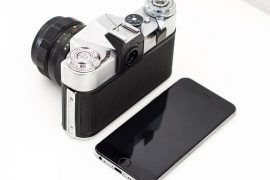
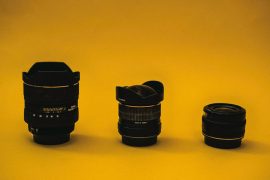

This is a very interesting read on fashion photography, the history of it and the role it plays in the fashion industry. I was a teenager when Twiggy was famous as a fashion model, and clearly remember always looking out for fashion shoots with Twiggy in them.
With the changes in technology and the growth of social; media, we have certainly seen a big transformation in fashion photography. Do you think that AI will replace the traditional fashion photographer? I sincerely hope not, as it is the personal touch that makes any photographer unique.
Thank you for your comment! It’s great to hear that you found the article on fashion photography interesting and informative.
Regarding your question about whether AI will replace traditional fashion photographers, it’s important to note that while AI technology is advancing rapidly, it’s unlikely that it will completely replace human photographers in the fashion industry anytime soon.
While AI can be used to enhance certain aspects of the photography process, such as editing and post-production, the creative and artistic aspects of photography still require the personal touch and unique vision of a human photographer. A photographer’s style and perspective are what sets them apart from others and create a signature look that clients seek out.
Hello,
Really interesting to read about the influence of social media on fashion photography, and how it has enabled a more diverse range of photographers to enter the industry. This is definitely a positive trend, as it allows for a greater variety of perspectives and styles to be showcased.
Well written and informative article. Keep up the great work!
Thank you for your kind words and positive feedback! I’m glad you found the article interesting and informative. Indeed, the rise of social media has brought about some positive changes in the fashion photography industry, particularly in terms of increasing diversity and providing a platform for emerging photographers to showcase their work.
It’s important to acknowledge these positive trends while also being aware of the potential negative effects of social media on the industry and society as a whole. Thank you again for taking the time to read and engage with the article!
Amin,
Thank you for sharing your amazing knowledge and experience on the role of photography in the fashion industry. I have learned so much about the ins and outs of photography and fashion. Your photos, models, colors, design and every heading was exquisite. Your website is chock full of relevant information and it is extremely well-organized and well-written.
Rachele
Thank you for your kind words, Rachele!
it’s great to hear that my insights on the role of photography in the fashion industry were helpful to you. I’m glad to hear that you found the content on the website informative and well-organized. If you have any questions or comments on this or any other topic, don’t hesitate to reach out to me again!
Amin,
Thank you for sharing your amazing knowledge and experience on the role of photography in the fashion industry. I have learned so much about the ins and outs of photography and fashion. Your photos, models, colors, design and every heading was exquisite. Your website is chock full of relevant information and it is extremely well-organized and well-written.
Rachele
Thank you very much for your kind words! It’s great to hear that you found my website informative and well-organized. I’m thrilled that you enjoyed learning about the role of photography in the fashion industry, and that you found my photos, models, colors, and design to be exquisite. I’m glad to hear that I was able to meet your expectations.